‘We might be an old lady,’ says Harold t’Kint de Roodenbeke, chairman of BRAFA, ‘but we are usually considered among the top three eclectic art fairs in Europe.’ The fair, which presents its 64th edition at Tour & Taxis, Brussels, this month (26 January–3 February), has long cultivated a reputation as a hub for antiquities, tribal art, modern Belgian painting, and art of the haute époque.
Under the chairmanship of t’Kint de Roodenbeke, however, BRAFA has evolved into an international marketplace, attracting increasing numbers of exhibitors and collectors from outside Belgium, including many from the Netherlands, Germany, Switzerland and France. This year, the fair welcomes 133 galleries from 16 countries. The fair has also broadened its scope, and now offers more than 20 disciplines, from pre-Columbian art to jewellery, as well as more modern and contemporary art than previously. Among the 16 newcomers this year is New York-based Rosenberg & Co., which offers a delicate late drawing by Henry Moore depicting three heads and executed in crayon, watercolour, gouache and pen, alongside a cubist interior with guitar, in tempera and collage, by Ismael González de la Serna and dating to 1927 – the year in which the Spanish artist held his first exhibition in Paris, organised by Paul Guillaume.
Sandro Morelli, founder of the eponymous gallery in Florence, describes his decision to exhibit at BRAFA as ‘strategic’. As he points out, as well as being easily accessible, Brussels is in a part of Europe that enjoyed a ‘rich Middle Ages, full of arts and extraordinary artists’ that continue to generate interest among collectors in the region today. Morelli offers a 16th-century walnut cabinet made in or near Urbino, Italy. Carved in low relief, with scroll foliage, palmettes and flower-head motifs, its door with a cartouche set amid further scrollwork, the cabinet boasts 27 secret drawers once used to store medals, gems and other small precious objects. Inside the cabinet is an elaborately carved façade; this, Morelli notes, resembles the style of a number of palaces designed by the 15th-century architect Donato Bramante.
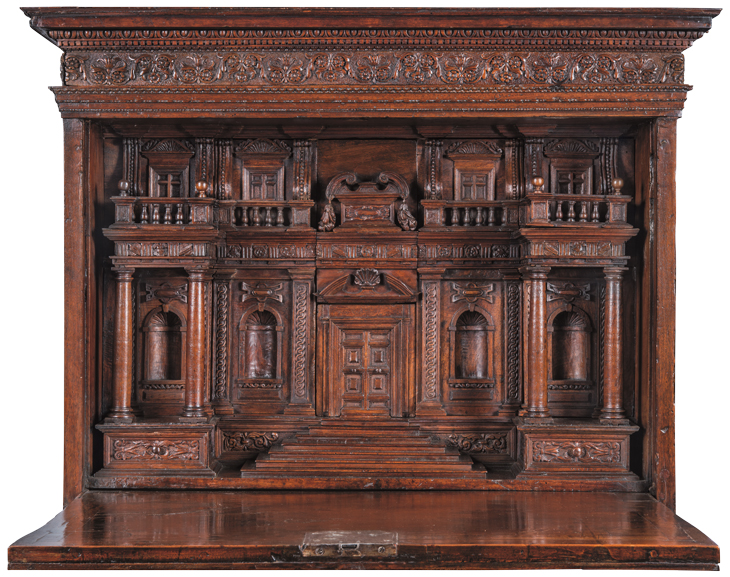
Architectural cabinet (with outer door open; 16th century), Urbino area. Sandro Morelli (around €90,000)
The fair also reflects Brussels’ reputation as a centre for the tribal art market, with Didier Claes Gallery, Pierre Dartevelle and Grusenmeyer Woliner among the returning exhibitors. Grusenmeyer Woliner brings a 19th-century Bete-Guro Gye mask from the Ivory Coast, its strong symmetry accentuated by the carved ridge that runs down the high forehead to join the raised nose. Also on display here will be an Egyptian polychrome and gilt cartonnage mummy mask, with lappets decorated with scenes depicting Osiris and Horus, and Anubis and Horus. Dating to the Ptolemaic period (305–30BC), the mask comes to the market for the first time in 20 years from a private collection.
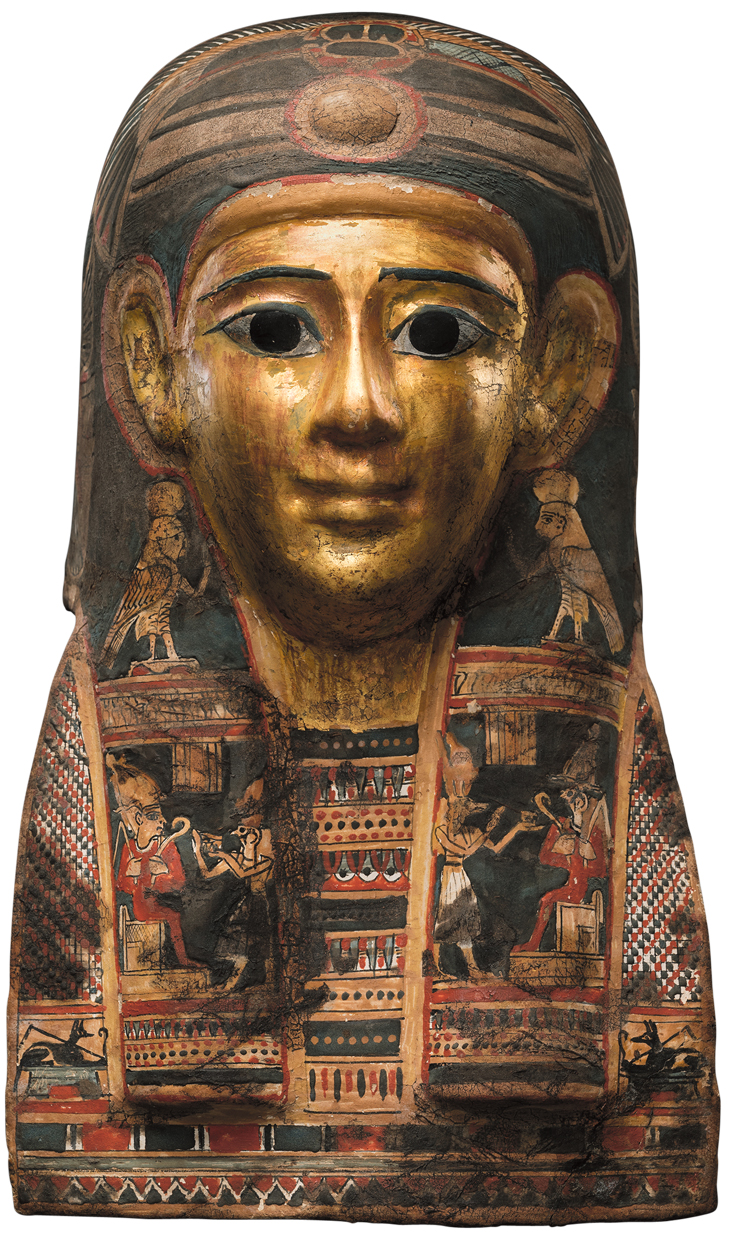
Mummy mask, Egypt, Ptolemaic period. Grusenmeyer Woliner (€60,000–€80,000)
Old Master galleries are scarcer here, but two regulars to the fair, Jan Muller Antiques and Klaas Muller, bring a selection of exceptional works. Jan Muller’s offerings include a still life of c. 1648 by the Antwerp-based master Pieter Claesz, depicting a pewter jug, a ham, a herring and other objects in careful disarray. Klaas Muller returns with a striking portrait of Abraham Grapheus – keeper of the guild of St Luke in Antwerp and a frequent model for his fellow guildsmen – as Saint Andrew, bearing an x-shaped cross and looking imploringly towards heaven. Painted directly from life on to panel by Jacob Jordaens in around 1625, the portrait boasts bold, expressive brushstrokes and a painterly levity that is rare for a work of this period.
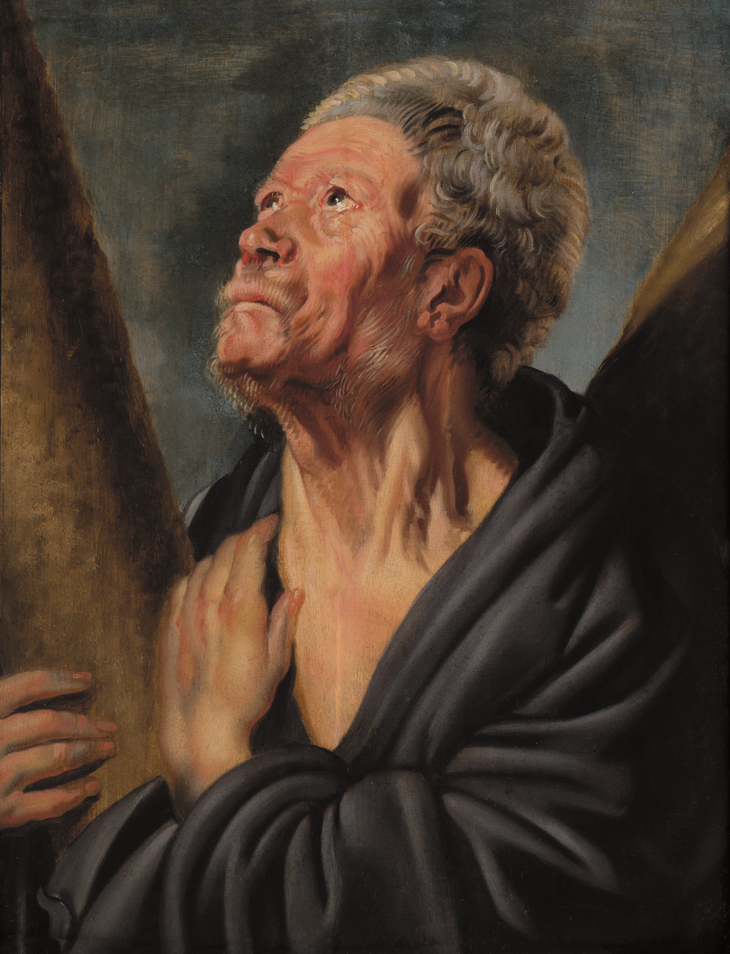
Saint Andrew (Portrait of Abraham Grapheus) (c. 1625), Jacob Jordaens. Klaas Muller (price on application)
Elsewhere, there’s everything from classical and Middle Eastern antiquities, at the stand of Paris-based Galerie Gilgamesh, to European sculpture, courtesy of the Brussels dealership Gallery Desmet. The latter offers recently acquired works, spanning millennia and media, including an extremely rare limestone statue of the ancient Egyptian dwarf god and demonic fighter Bes (3rd century BC–1st century AD). The gallery also shows a 16thcentury Florentine or Venetian reduction bronze of the Laocoön group, with the priest and his sons entangled in the coils of two serpents. With only one other known version (at Blenheim) cast from the same wax model – itself likely to have been made in front of the bronze modelled by Sansovino – interest in the sculpture is expected to be high.
European furniture and works of art are well represented, and can be found at dealers such as Brussels-based Theunissen & de Ghellinck and Chiale Fine Art from Racconigi in Piedmont. The Italian dealership, which recently opened a second gallery in the Sablon district of Brussels, shows a pair of gilded and painted pine candlesticks from Naples, carved in the shape of angels and dating to the late 16th-century, alongside an early 16th-century limestone sculpture of Saint Sebastian bound to a tree stump, attributed to the Master of Chaource (Jacques Bachot).
‘If the right galleries bring the right objects at the right price, [the fair] will be very easy,’ says t’Kint de Roodenbeke. ‘But we’re more than just a commercial fair. What’s important is to educate people and refresh the viewer’s gaze.’ He hopes this year’s talks programme and the guests of honour, Gilbert & George, will do just that. The artist duo, renowned for their satirical montages, political outspokenness and comical self-portraits, will exhibit five large-scale works around the fair. Among them is Beard Mad (2016), a cartoonish image of the artists with beards of leaves and vermilion faces depicted behind barbed wire. ‘I love the idea of Gilbert & George, and I hope […] they will add to the special spirit of the fair,’ says t’Kint de Roodenbeke. ‘When it’s cold outside,’ he continues, ‘I like to build a fun and welcoming atmosphere inside that is light, colourful and magical.’
BRAFA is at Tour & Taxis, Brussels, from 26 January–3 February.
From the January 2019 issue of Apollo. Preview and subscribe here.
Unlimited access from just $16 every 3 months
Subscribe to get unlimited and exclusive access to the top art stories, interviews and exhibition reviews.


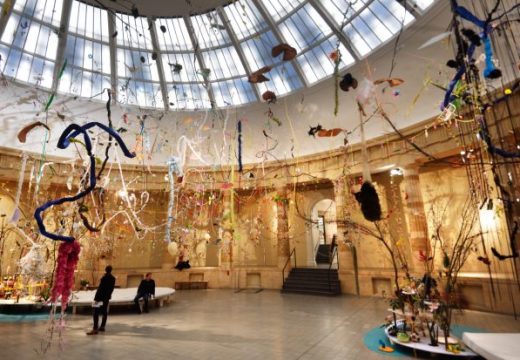
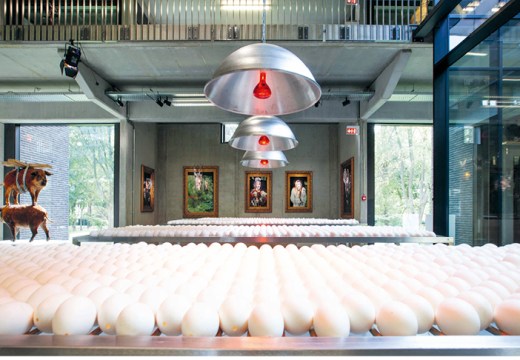
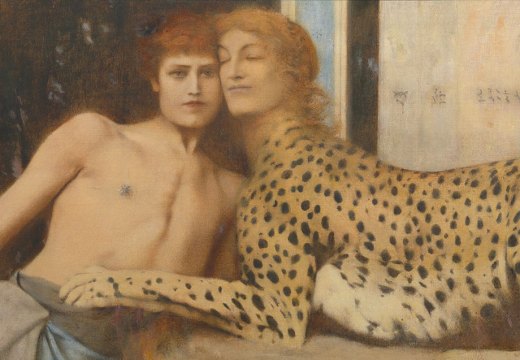









![Masterpiece [Re]discovery 2022. Photo: Ben Fisher Photography, courtesy of Masterpiece London](http://www.apollo-magazine.com/wp-content/uploads/2022/07/MPL2022_4263.jpg)
Has the Fitzwilliam got its rehang right?